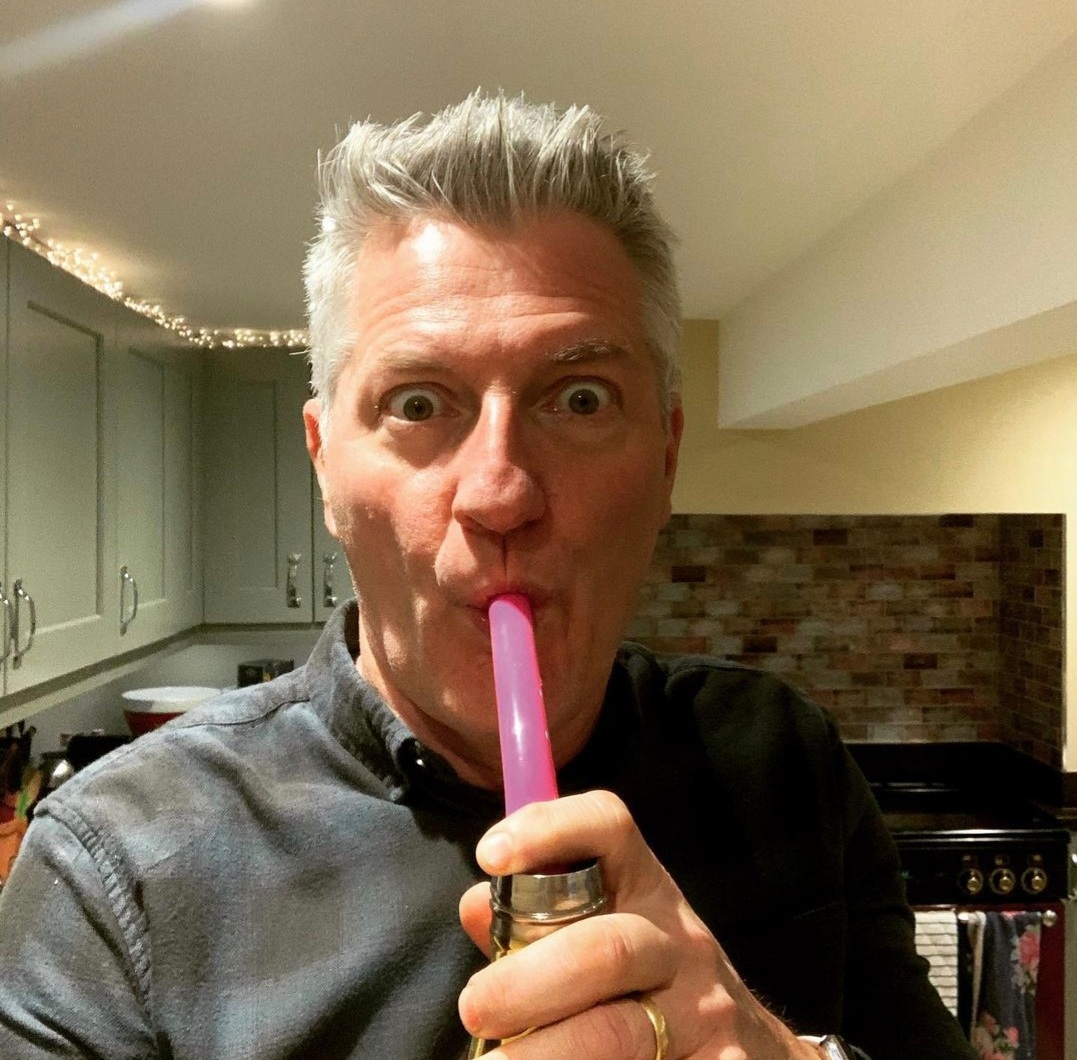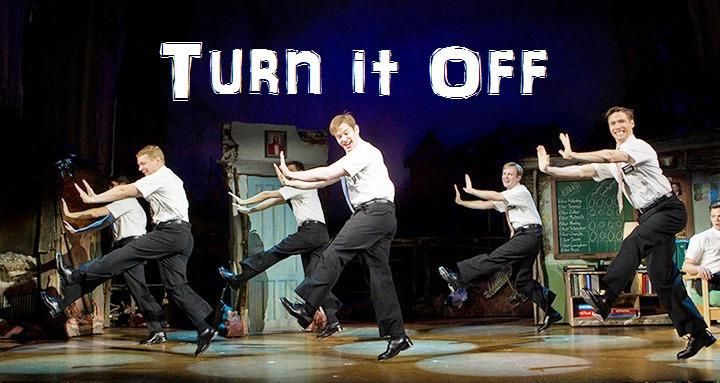Balance, Restore and Reset
29 April 2021
Sharing what we learnt from Ed Blake at Physio Ed this week in Teacher Training
As we mentioned over on our social media we are so excited that our wonderful industry is finally opening up! Are you feeling in good condition vocally, ready to get back out there and enjoy?
Last week, our Trainee Teachers had their first workshop with Ed Blake of Physio Ed. Ed specialises in Vocal rehabilitation, particularly dealing with Muscle Tension Dysfonia - which he says is more commonly diagnosed than you might think and we wanted to share a little of what we learnt to help challenge your approach to vocalising after lockdown.
Singing is a very physical pursuit and therefore ideally if you can train in a positive and effective way you will be encouraging and allowing your vocal muscles to work with fluidity, mobility and efficiency way, supported by the rest of your body.


We always want to work towards eradicating TENSION!
Muscle Tension Dysfonia is easily preventable if artists and professional voice users maintain good habits - here’s a couple of points Ed enlightened us with which we wanted to share with all our VB family:
Posture
We all know that having good posture is imperative for singing. When your body is your instrument you want it to be in an ideal state before you start performing. However, Ed went further to explain that our day to day, habitual movements and posture have a much greater effect on our body when we come to sing. If, like most of us, you are on your phone or sitting hunched over a computer screen for several hours a day then that is going to start to have a detrimental effect on your posture. 'Text neck' and shoulders rounding forward will start to create an imbalance in the extrinsic muscles around the head, neck and shoulder girdle which can all have a negative effect on the intrinsic muscles we use for singing. So being mindful of your posture and trying to counter balance those dominant muscles is all going to pay off when you start to sing.


Vocal Cool Down
We are, of course, aware of the importance of doing a vocal warm up before singing to ensure that the voice is in good working order, but Ed impressed upon us the importance of a vocal cool down after prolonged and extreme voice use. Too often, or not, we finish a long day of rehearsals or a 2 show day - we’re tired, hungry, rushing to make the last train - the last thing on our mind is our voice, but a vocal cool down is a brilliant way to help reset the larynx into a more neutral place and to ensure that the larynx doesn’t get gripped or held in an unnaturally high position. At Vocal Balance we love using our Vocal Tubes®️ as a quick and effective way of cooling down the voice.


Turn It Off!
According to Ed, many of us - particularly those artists with a strong dance background - are tending to over use our abdominal muscles when we sing. Tightening the abdominal muscles whilst singing creates far too much subglottic pressure for the vocal folds to handle, causing the sound to become constricted. Being able to turn off your certain muscle groups, such as your obliques, during singing is so helpful to ensure a free and natural tone. If you have very active obliques, Ed will often get his clients to raise their arms above their heads, resting on a wall in front whilst they sing so that the obliques can fully switch off and the artist can experience this sensation.
By creating an environment for those muscle groups to switch off it allows us to create new neural pathways and new habits.


We hope this has given you all food for thought and we will be back later in the year to share more insight into Vocal Health with Physio Ed.
Team VB